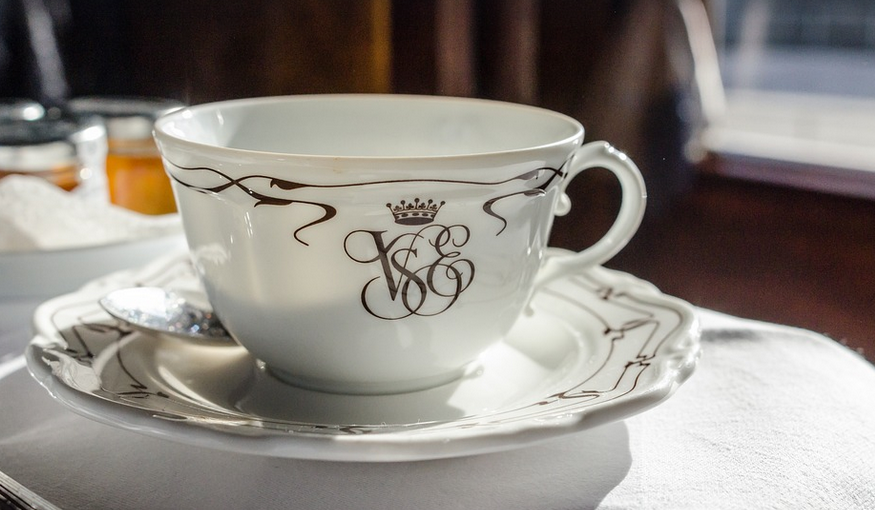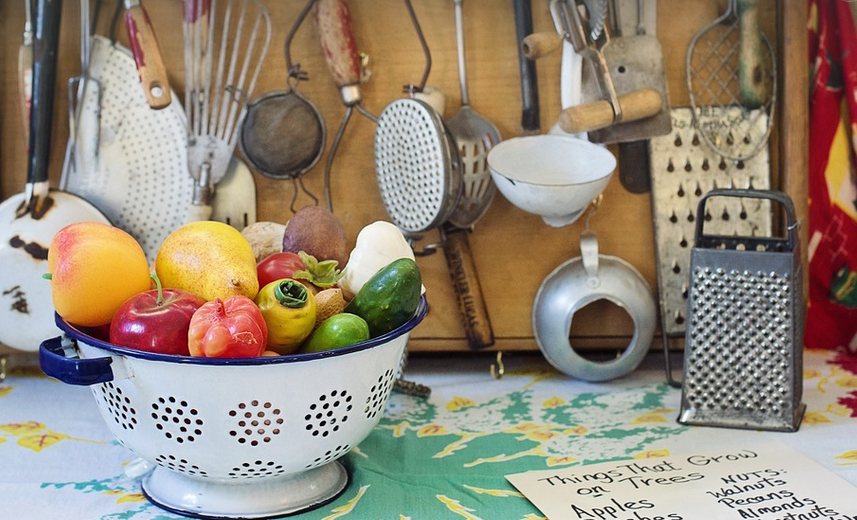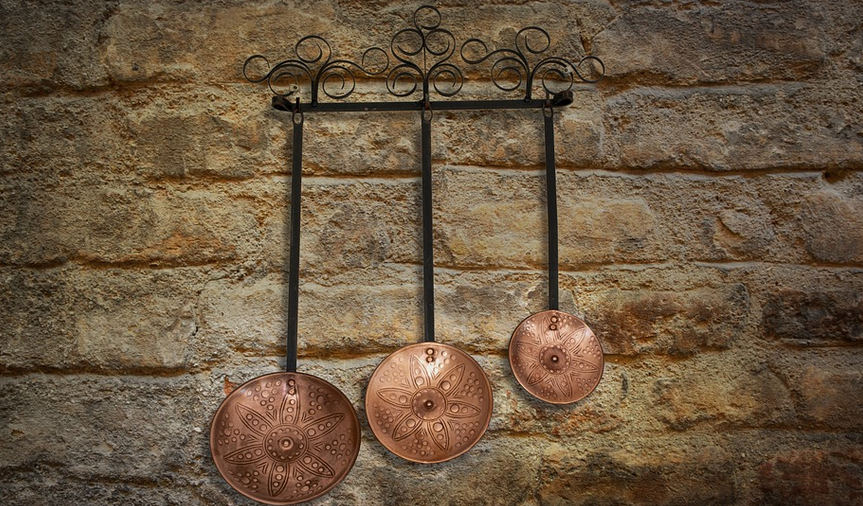Which Plastic Bottles Are Safe For Drinking Water?

A Guide to Choosing the Right Bottle
So, you’re looking to quench your thirst with a refreshing glass of water, but first, you need to figure out which plastic bottle is best.
The truth is that choosing the right plastic bottle for drinking water can feel quite overwhelming. There are countless options, each boasting unique features and benefits. From sleek reusable bottles to convenient single-use options, understanding the basics of plastic type and their effects on our health becomes the key.
Understanding the Basics: What’s Inside a Plastic Bottle?
The first step in choosing a safe bottle is learning about what’s inside. Most plastic bottles are made from one or more types of polymers, including polyethylene terephthalate (PET), high-density polyethylene (HDPE), and polypropylene (PP). Each polymer has unique properties that influence how it holds up under pressure, how it interacts with water, and how long it lasts.
**Polyethylene Terephthalate (PET):** This is the most common plastic bottle material for drinking water. It’s known for its clarity and strength, making it a popular choice for beverages like soda – but also often used for bottled water! PET bottles are recyclable and durable, which makes them a good option for everyday use.
** High-Density Polyethylene (HDPE):** Often labeled as “milk jugs,” HDPE is known for its durability and resistance to chemicals. It’s generally considered safe for food and drink including water due to its chemical makeup.
**Polypropylene (PP):** A versatile polymer, PP offers strength and resistance to corrosion. While often used in food packaging, it tends to be less commonly used for drinking water bottles. However, some find PP’s lightweight nature an advantage.
The Impact of Chemical Leaching on Our Health
As you consider your options, remember that even seemingly clean plastic is prone to leaching. Leaching refers to the process when chemicals from the bottle are released into your water, posing potential health risks.
**What’s the risk?** Some plastics can leach harmful substances like antimony, BPA (bisphenol A), and phthalates – these chemicals have been linked to hormonal changes, reproductive issues, and even certain forms of cancer.
**The Good News:** Thankfully, stricter regulations are in place regarding plastic production. Now, many brands use less-harmful alternatives, like high-quality PP or recycled PET – but continued research and awareness are crucial.
A Deeper Dive: Beyond the Plastic Type
Choosing a safe bottle for your drinking water depends not only on the plastic type but also on how it’s manufactured and what features it has.
**Look for these signs of quality:**
- **Leak-proof Caps:** These are essential to avoid spills, especially when you’re on the go.
- **Durable Handles:** A sturdy handle makes carrying your water bottle easier.
- **Transparent Bottles:** This allows you to easily identify and check for any visible signs of contamination or wear.
A Final Word: Your Choice Matters
Ultimately, the right plastic bottle is one that meets your needs and prioritizes your health. Remember to check labels carefully, consider long-term benefits like recycling, and choose a bottle you feel good about using every day.


